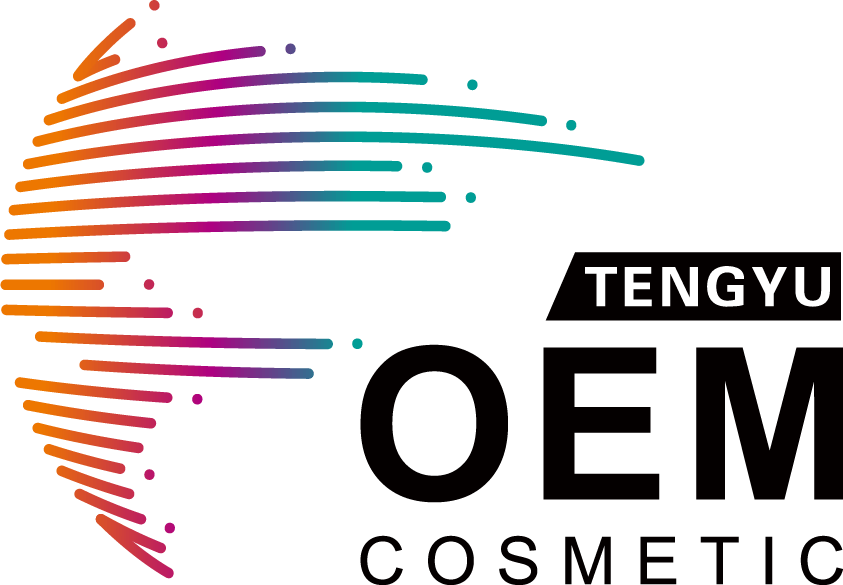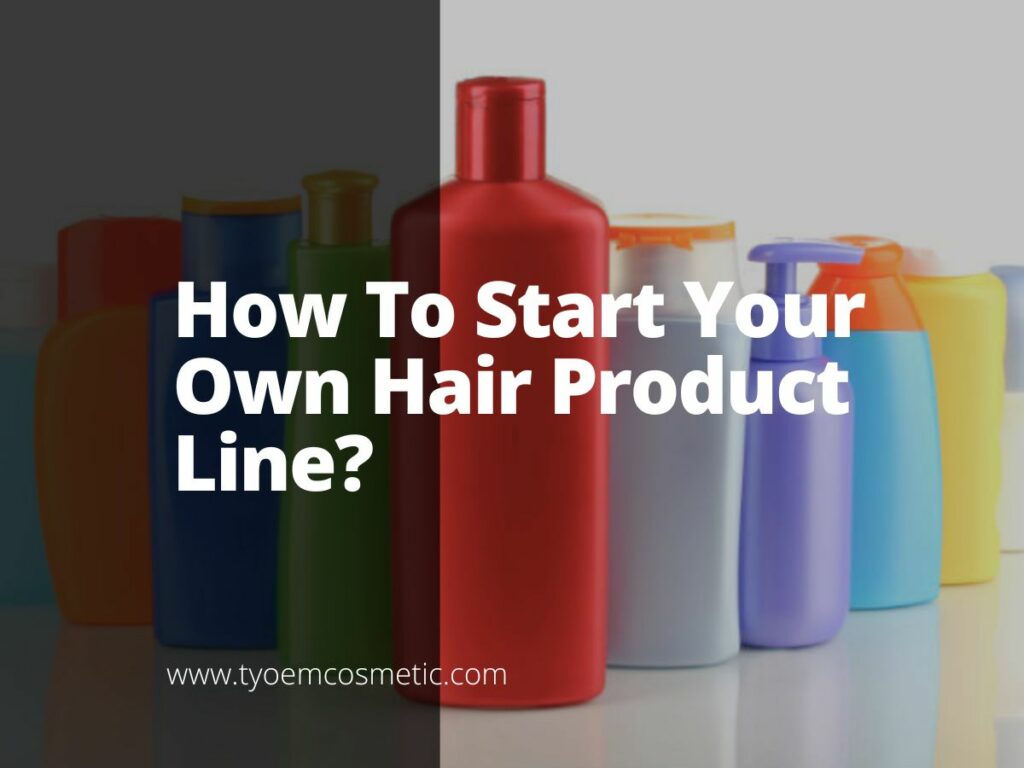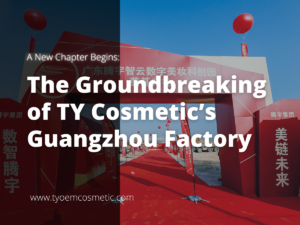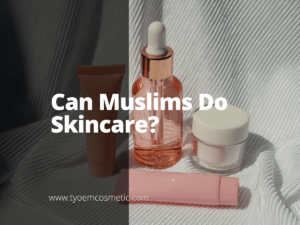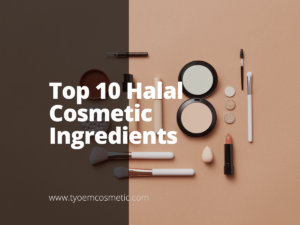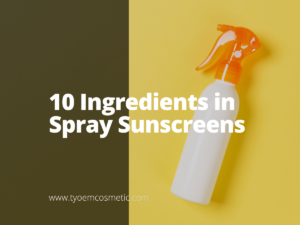Have you ever dreamed of creating a hair care line that reflects your unique vision and expertise? Stepping into the hair product industry can be a thrilling and rewarding operation.
With years of experience in the cosmetic industry, I bring a wealth of knowledge and insights that can help you navigate the complex journey of starting your own hair product line.
How do you start your own hair product line? The process involves several key steps, each crucial to the success of your brand.
In this guide, we will explore the difficulty of product development, branding, manufacturing, and market entry. And giving you insight on how to address these processes properly.
Read on to discover how to turn your hair care aspirations into reality.
1. Step#1 Market Research and Identifying Your Niche
Starting your own hair product line begins with thorough market research and identifying a unique niche. Let’s explore the steps to approach it:

- Analyze Current Market Trends: Begin by examining the current trends in the hair care industry. Look for emerging patterns, consumer preferences, and gaps in the market. This could involve exploring popular ingredients, eco-friendly packaging, or specific hair care needs that are underserved.
- Understand Your Target Audience: Define your target demographic.Are you catering to a specific age group, hair type, or lifestyle? Understanding your audience will help in creating products that resonate with them. Consider conducting surveys or focus groups to gain deeper insights.
- Competitor Analysis: Study your competitors, especially those successful in your targeted niche. Analyze their product range, marketing strategies, and customer reviews. Identify what they are doing well and where there might be opportunities for differentiation.
- Identify Your USP: Based on your research, determine what makes your hair product line unique. This could be a new ingredient, a unique formulation technique, or a commitment to sustainability. Your USP should address a specific need or desire within your target market.
2. Step#2 Conceptualizing Your Product Line
After identifying your niche, the next phase is conceptualizing your product line. This step is about transforming your market insights into tangible product ideas. Here’s the process involved in this step:

- Define Product Attributes: Begin by defining the key attributes of your product line, such as the type of hair care products you want to create, their unique selling points, and the price range. These attributes should align with the needs and preferences of your target audience identified in your market research.
- Plan Unique Formulations: Based on the product attributes, work on developing unique formulations. This involves selecting ingredients that offer the desired benefits, such as moisturizing, strengthening, or repairing. Consider the overall user experience, including texture, scent, and packaging.
- Create Brand Story and Identity: Develop a brand identity that reflects the values and unique selling propositions of your products. This includes your brand name, logo, and the overall design language that will be used on your product labels, website, and marketing materials.
- Prototype and Refine: Once the initial formulations and brand identity are developed, create prototypes of your products. Test these prototypes internally and, if possible, conduct consumer testing to gather feedback. Use this feedback to refine your products, ensuring they meet the needs of your target market.
Conceptualizing your product line ensures that your products not only meet market needs but also distinctively represent your brand. This stage sets the foundation for developing a hair product line that truly connects with your audience and stands out in the competitive market.
3. Step#3 Formulation and Product Development
After conceptualizing your product line, the next step is the transitioning from concept to reality that makes your ideas into tangible, market-ready products. Here are the essential stages in this process:

- Selecting Ingredients: To start, choose ingredients based on their efficacy, safety, and alignment with your brand’s values. For example, if your brand focuses on natural hair care, prioritize natural and organic ingredients. Make sure that the ingredients are obtained ethically and sustainably.
- Working with Cosmetic Chemists: Collaborate with experienced cosmetic chemists to create your formulations. They have the expertise to balance aesthetic aspects with functional benefits. They can also ensure that your products comply with industry standards and regulations.
- Creating Samples and Prototyping: Once the initial formulations are developed, create small batches or samples for internal testing. This phase helps in fine-tuning the formulations, adjusting aspects like consistency, scent, and effectiveness. Prototyping is a critical step to get a real feel of the product before it goes into mass production.
- Stability and Safety Testing: According to the Australian Academy of Science, Australians spend around $4.5 billion on toiletries and cosmetic products every year. This highlights the importance of stability tests to ensure that your products maintain their quality over time and and is safe for consumer use.
4. Step#4 Testing and Refinement
Now that you have your product, the crucial phase of testing and refinement begins. This step ensures that your hair care products meet quality standards and consumer expectations. Let’s look at this process:
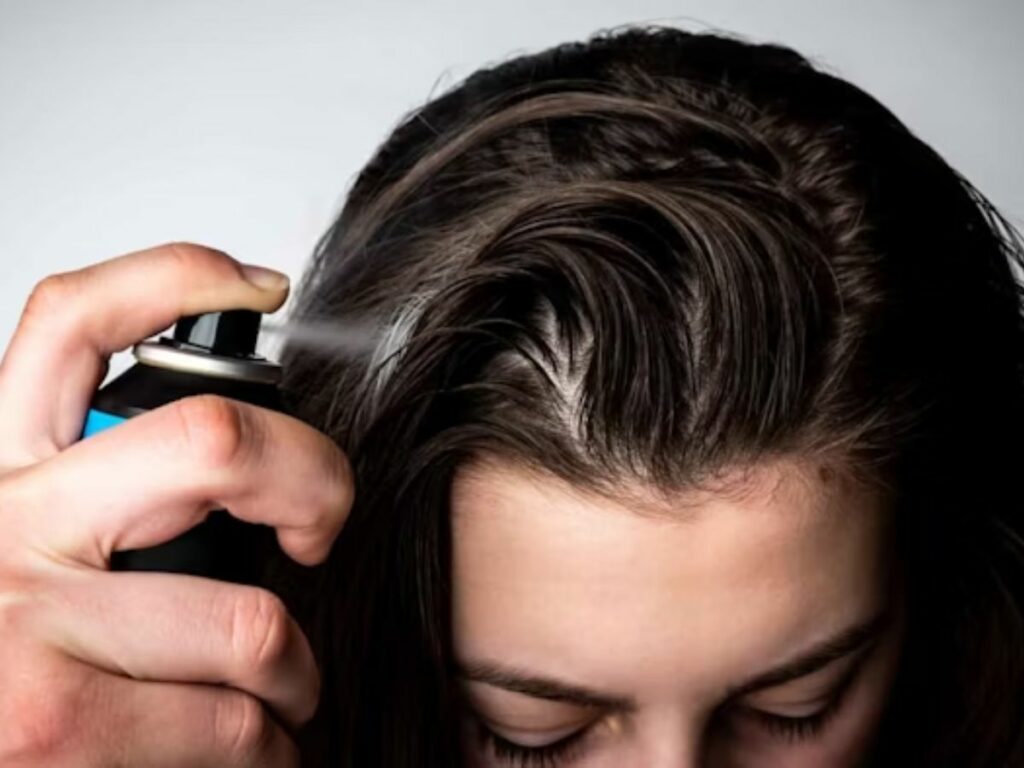
- Safety Testing: Your first priority should be to ensure that all products are safe for consumer use. This involves dermatological testing for skin irritations, allergic reactions, and other potential hazards. It’s essential to comply with industry standards and regulations to ensure consumer safety.
- Efficacy Testing: Evaluate the performance of your products. Does the shampoo cleanse effectively? Does the conditioner nourish and detangle as promised? Efficacy tests help you verify that your products deliver the results you’re aiming for and meet customer expectations.
- Consumer Trials: Organize trials with a group of consumers who match your target demographic. Gather feedback on the product’s usability, effectiveness, scent, and overall experience. This direct consumer feedback is invaluable in understanding how your product performs in real-world conditions.
- Refinement Based on Feedback: Use the feedback and testing results to refine your products. This might involve adjusting formulations, packaging, or even marketing strategies. The goal is to ensure that your final product line is as close to perfect as possible before launching it to the public.
Through these steps of testing and refinement, you ensure that your hair product line meets industry standards and resonates with your target market. This process is important to building a trusted, reliable brand that consumers will love and support.
5. Step#5 Branding and Packaging Design
In this step you are going beyond aesthetics, embodying your brand’s ethos and attracting your target audience. Here’s a step-by-step look at this phase:
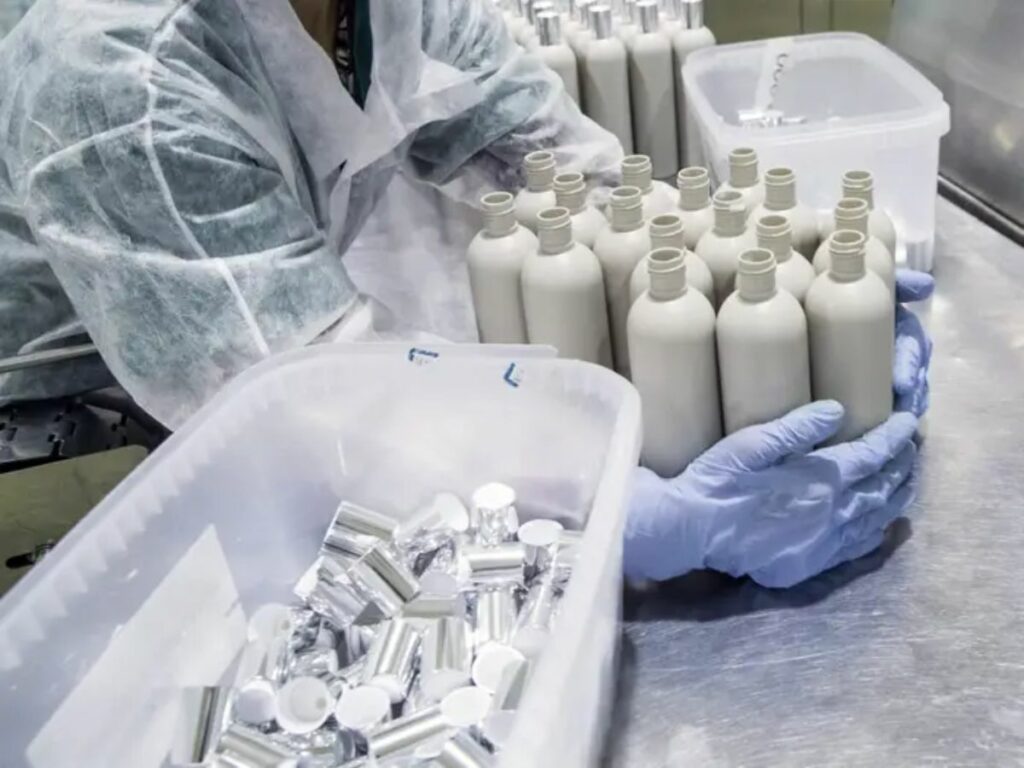
- Develope a Brand Identity: Your brand identity is the foundation of your packaging design. For example, your brand name, logo, color scheme, and overall aesthetic. This should reflect the essence of your brand and resonate with your target audience, ensuring it communicates your brand’s values.
- Choose a Packaging Materials: Select materials that align with your brand identity and sustainability goals. Consider factors like the functionality, durability, and environmental impact of packaging. Whether you opt for glass, plastic, or biodegradable materials, ensure it aligns with your customer expectations.
- Design the Packaging: Design packaging that stands out while bringing the quality and essence of your products. For example, the shape, color, and texture of the containers, as well as the typography and imagery used on labels and boxes.
- Legal Compliance and Labeling: Ensure your packaging design complies with all legal requirements. This includes accurate labeling with ingredient lists, usage instructions, and any necessary warnings. It’s crucial that your packaging adheres to industry regulations to avoid legal issues.
Effective branding and packaging design plays a crucial role in communicating your brand story, ensuring product safety, and appealing to your target audience. This step is essential in creating a strong, recognisable brand presence in the competitive hair care market.
6. Step#6 Regulatory Compliance and Legal Considerations
After finalizing your packaging design, you’ll now proceed to the compliance of legal considerations. It is to ensure that your products are in accordance with legal standards. Here’s how to do it effectively:
- Researching Cosmetic Regulations: Start by thoroughly researching the cosmetic regulations in your target markets. This includes understanding the guidelines for ingredient usage, product safety, and labeling requirements.
- Developing Compliant Labels and Claims: Once you understand the regulations, develop your product labels accordingly. This involves listing all ingredients, usage instructions, and making accurate claims.
- Securing Legal Protection: Protect your business by consulting with a legal expert specializing in cosmetic regulations. This step involves securing product liability insurance to shield against potential claims and trademarking your brand to protect your intellectual property.
- Regularly Updating Compliance Measures: Regulations in the cosmetic industry can change. Stay informed about any updates or new regulations that could affect your product line. Regularly review and update your compliance measures to ensure ongoing adherence to legal standards.

By following these steps, you ensure that your hair product line is not only marketable but also legally sound and compliant. That is important for building a reputable brand and fostering consumer trust in an increasingly conscious market.
7. Step#7 Production and Supply Chain Management
After you successfully comply with essential regulations, you will now coordinate with multiple situtaion from manufacturing to distribution. Here’s a step-by-step approach:
- Selecting a Manufacturer: Begin by choosing a manufacturer that aligns with your product needs and quality standards. Consider factors like production capacity, and experience in the cosmetic industry. TY Cosmetic has met these criteria in manufacturing, maintaining their high standards and industry reputation.
- Securing Raw Material Suppliers: Identify and partner with suppliers for raw materials. TY Cosmetic provides high-quality ingredients and materials as per your product specifications. Building strong relationships with suppliers is key to maintaining a steady supply chain and managing costs.
- Implementing Quality Control Measures: Establish stringent quality control measures at every stage of production. Regularly inspecting the manufacturing process and final products ensures that they meet your standards and are safe for consumer use.
- Managing Logistics and Distribution: According to JWD Group, good logistics management helps enhance business’ efficiency in logistics process. Coordinate the logistics of getting your products from the manufacturer to the market. This includes warehousing, and choosing distribution channels.
Efficient production and supply chain management are the backbones of your hair product line, ensuring that high-quality products are consistently produced and delivered to your market.
8. Step#8 Marketing and Sales Strategy
The next critical step is developing your marketing and sales strategy. This step is essential for introducing your product to the market and driving sales. Here’s how to approach this crucial phase:

- Developing a Marketing Plan: Start by creating a comprehensive marketing plan. This should include identifying your target audience, setting clear marketing objectives, and determining your budget. The plan should outline the strategies and tactics you will use to reach your audience.
- Building an Online Presence: In today’s digital-first world, an online presence is crucial. This includes creating a user-friendly website, a strong social media presence, and utilizing email marketing. Your online channels should effectively showcase your products and reflect your brand identity.
- Implementing Sales Strategies: Identify and implement effective sales strategies for your brand. This could involve direct-to-consumer sales through your website or partnering with online retailers. Each sales channel should be chosen based on where your target market is most likely to purchase your products.
- Measuring and Adjusting Your Strategies: Regularly analyze the performance of your marketing and sales strategies. Use tools like Google Analytics for your website and social media analytics for your online presence. Track sales data and customer feedback to understand what’s working and what’s not.
9. Step#9 Launching Your Product Line
After meticulous planning and preparation, the final step is the launch of your hair product line. This is a pivotal moment where your products meet the market. Here’s how to make your product launch successful:
- Create a Launch Timeline: The plan should include key dates for the release of marketing materials, the product launch event (if applicable), and the availability of products for sale. Ensure that all aspects of your marketing, sales, and supply chain are aligned with this timeline.
- Build Anticipation with Pre-Launch Marketing: Before the official launch, start building anticipation among your target audience. This can be done through teaser campaigns on social media, email marketing, or even through influencer partnerships. It is to create awareness of your products.
| Strategy | Description |
| Teaser Campaigns | Create intrigue with teaser content on social media, email newsletters, or through advertisements. This can include sneak peeks, countdowns, or cryptic messages about the upcoming product line. |
| Landing Page Creation | Develop a dedicated landing page for your product line launch. This page can feature a countdown timer, product previews, and an option for visitors to sign up for notifications or early access. |
| Email List Building | Encourage potential customers to sign up for your email list to receive exclusive updates about the product launch. Use this list to send targeted pre-launch content and offers. |
| Influencer Collaborations | Partner with influencers in your industry to create buzz. They can share teaser content, offer sneak peeks of the products, or talk about the upcoming launch to their followers. |
| Social Media Buzz | Utilize social media platforms to engage with your audience and build anticipation. Regular posts, live videos, Q&A sessions, and behind-the-scenes content can be effective. |
| Early Access Offers | Provide early access or special offers to email subscribers or social media followers. This could include pre-orders, exclusive bundles, or special pricing for early adopters. |
| Content Marketing | Publish blog posts, articles, or press releases related to the themes of your new product line. This content should provide value while subtly building excitement for the launch. |
| Virtual Events/Webinars | Host a virtual event or webinar to showcase your upcoming products. This can include product demonstrations, discussions about the product development journey, or guest speakers. |
| User-Generated Content | Encourage your audience to create content related to your launch. This could be through contests, hashtag campaigns, or challenges that get people talking about your product line. |
| Partnership Announcements | Announce any partnerships with other brands or organizations related to your product line. This can help tap into a new audience and add credibility to your launch. |
| Countdown Social Media Posts | Regular countdown posts on social media as the launch date approaches can maintain and escalate excitement among your audience. |
| Preview Samples to Key Stakeholders | Send preview samples of your product to key stakeholders, industry experts, or loyal customers for early feedback and to generate word-of-mouth buzz. |
- Organize a Launch Event: Consider hosting a launch event or creating a launch campaign to introduce your products. This could be an in-person event, an online live stream, or a special promotional campaign. Use this opportunity to showcase your products and engage with potential customers.
- Monitor and Respond to Feedbacks: After your product launch, closely monitor customer feedback and sales data. This feedback is invaluable for understanding customer reception and can inform you of any immediate adjustments. Be responsive to customer inquiries and proactive in addressing any issues.
Conclusion
Starting your own hair product line can be a fulfilling and profitable operation. This comprehensive guide provides the foundational steps necessary to turn your vision into a successful brand in the beauty industry.
For personalized assistance and expertise in launching your hair product line, reach out to TY Cosmetic. Contact us to explore how we can help bring your hair care dreams to life.
